
- English
- Español
- Português
- русский
- Français
- 日本語
- Deutsch
- tiếng Việt
- Italiano
- Nederlands
- ภาษาไทย
- Polski
- 한국어
- Svenska
- magyar
- Malay
- বাংলা ভাষার
- Dansk
- Suomi
- हिन्दी
- Pilipino
- Türkçe
- Gaeilge
- العربية
- Indonesia
- Norsk
- تمل
- český
- ελληνικά
- український
- Javanese
- فارسی
- தமிழ்
- తెలుగు
- नेपाली
- Burmese
- български
- ລາວ
- Latine
- Қазақша
- Euskal
- Azərbaycan
- Slovenský jazyk
- Македонски
- Lietuvos
- Eesti Keel
- Română
- Slovenski
- मराठी
- Srpski језик
Application of precision stamping parts
2024-07-05
Precision stamping is a manufacturing process that utilizes custom tools and dies mounted in a punch press to turn sheet metal into the desired component. It is used in a wide range of industries to manufacture a large number of parts and products with high precision, accuracy, and speed. While this process offers manufacturing advantages, it is not suitable for every production project.
The following article discusses some considerations to keep in mind when determining if precision stamping is right for your project. It provides an overview of the process, the benefits it offers, and typical industries that use it.
Precision Stamping Overview
Metal stamping relies on specialized tools (tool and die sets) and equipment (presses) to stamp and form metal sheets and coils into the desired shape and size. The pressure applied by the press on the workpiece forces the material to conform to the shape formed by the tool and die. This process can occur in a single stage or across multiple stages, depending on the simplicity or complexity of the final product. Precision stamping operations rely heavily on the use of automated equipment to ensure that the finished parts are both precise and accurate.
In addition to greater precision and accuracy, the precision stamping process offers several other advantages over other manufacturing processes, including:
Higher product and process quality. The accuracy offered by precision stamping translates into lower error rates in the production process. This means there is less chance of producing a defective or faulty part that makes its way into the hands of the customer.
Lower production costs. A generally automated process, precision stamping alleviates the need for manual labor. This quality also results in lower error rates, which in turn reduces material utilization and waste in the production process.
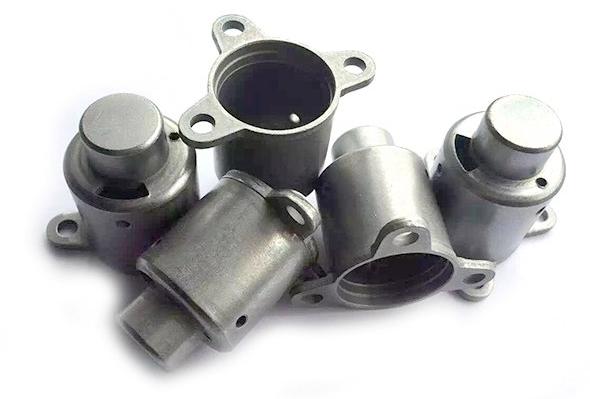
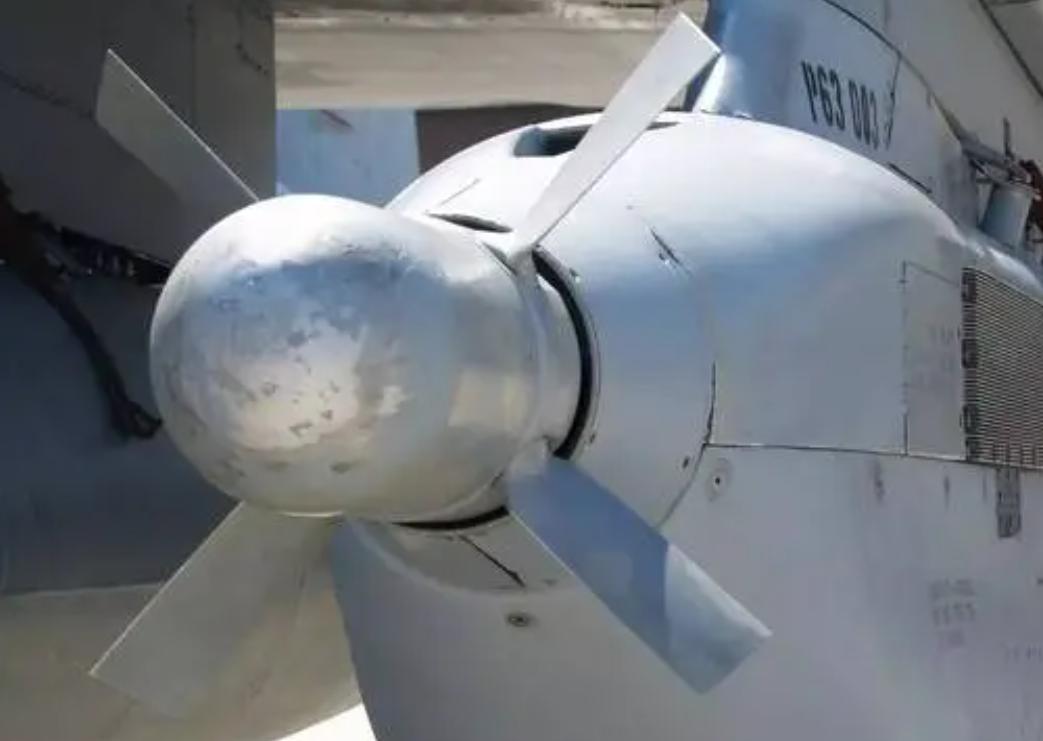
Industries Served
As mentioned above, the precision metal stamping process is used in a wide range of industries. Some industries that often use the process to produce their parts and products include:
Automotive
In the automotive industry, stamping is used to manufacture a variety of structural and functional components for body and frame, electrical systems, steering systems, and more. Some examples of typical automotive parts manufactured in metal stamping operations include:
- Brackets and frames
- Electrical terminals and connectors
- Motors, sensors
- Solenoid valves
Aerospace
In the aerospace industry, parts and products are subject to strict manufacturing requirements and restrictions. These guidelines are in place to ensure the safety of aircraft personnel, passengers, and the public. For this reason, aerospace component manufacturers maintain certifications and adhere to various industry standards, such as Mil-spec and RoHS. Some of the metal stamping parts and products commonly produced for aerospace applications include:
- Components
- Sensors
- Bushings
- Motors
- Leadframes
- Shields
- Terminals
- Housings
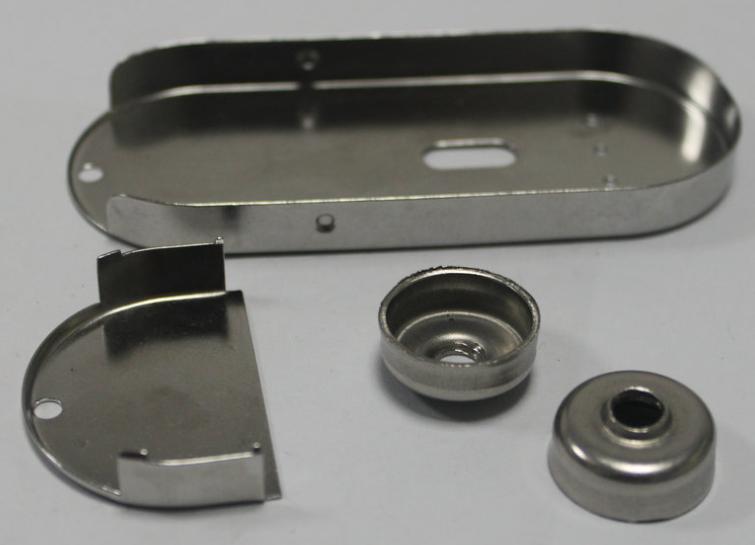
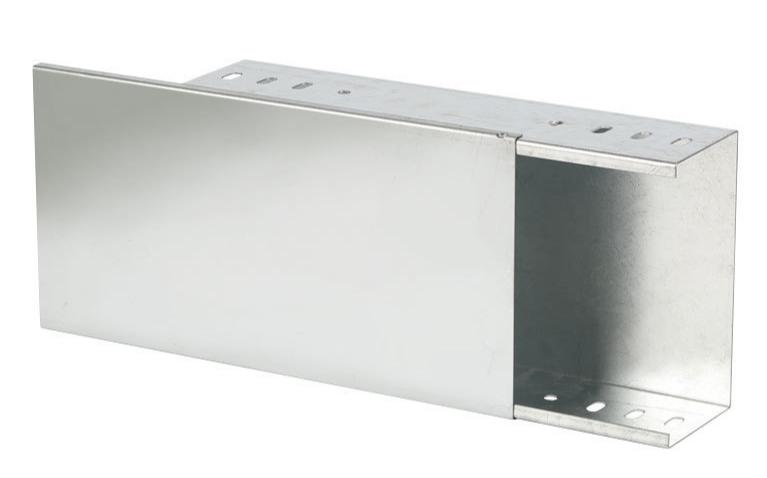
Medical Devices
Similar to the aerospace industry, the medical device industry has many standards that dictate how components are manufactured. These exceptionally high standards ensure the safety of physicians and patients. Standard and custom metal stampings are found in a variety of medical devices, including:
- Connectors, couplings and fittings
- Device housings and casings
- Implants and prostheses
- Pump and motor components
- Surgical instruments and equipment
- Temperature probes
Power Distribution
Professionals in the power distribution industry use many different metal stamping parts and products in circuit breakers, distribution boxes, switches, transformers, and other critical equipment. Some examples include:
- Trays
- Boxes
- Connectors
- Connectors
- Housings
- Terminals
Appliances
Precision metal stampings are used in a wide variety of commercial and residential appliances, such as:
- Automatic garage doors
- Dishwashers
- Dryers
- Garbage disposals
- Grills
- HVAC units
- Irrigation systems
- Ovens
- Pool filtration and pump systems
- Refrigerators
- Security systems
- Stoves
- Thermostats
- Washers
- Water heaters
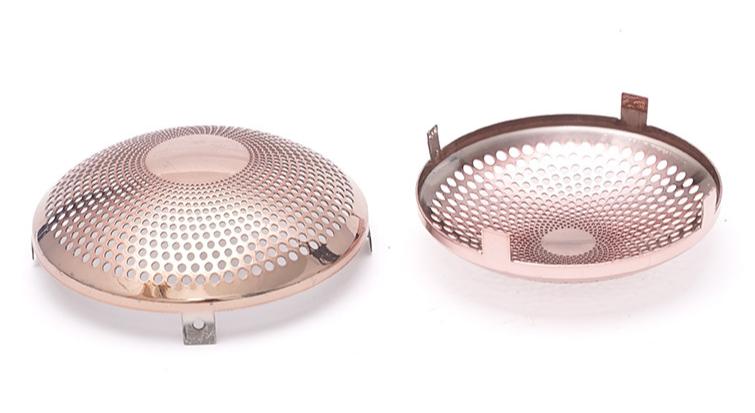
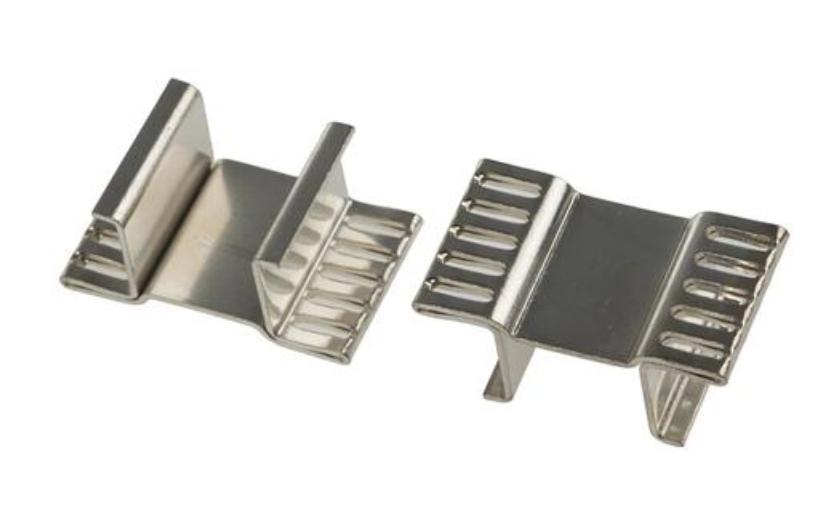
Renewable Energy
The renewable energy industry includes solar, wind, geothermal and other clean energy businesses. As the industry responds to the push for greater sustainability, the demand for reliable components for power generation and distribution equipment and systems is growing. Some of the metal stamping parts regularly produced for such applications include:
- Antennas
- Brackets and Clips
- Housings, Inserts and Retainers
- Fan Blades
- Ground Straps and Busbars
- Heatsinks
- Plate
- Housings
- Terminals and Contacts



